Anděra, Miloš.1999. České názvy živočichů II. Savci (Mammalia). Prague: Národní muzeum, (zoologické odd.).
Arnold, Michael L. 2008. Reticulate Evolution and Humans: Origins and Ecology. Oxford University Press.
Bisby, F.A.; Roskov, Y.R.; Orrell, T.M.; Nicolson, D.; Paglinawan, L.E.; Bailly, N.; Kirk, P.M.; Bourgoin, T.; Baillargeon, G.; Ouvrard, D. (red.). 2011. “Genetta tigrina.” Species 2000 & ITIS Catalogue of Life: 2011 Annual Checklist. Reading, UK. Retrieved May 31, 2014.
- Available at: http://www.catalogueoflife.org/col/search/all/key/Genetta+tigrina/match/0
- Available at: http://www.catalogueoflife.org/col/details/species/id/6902628
- Available at: http://www.catalogueoflife.org/col/details/species/id/7005193
- Available at: http://www.catalogueoflife.org/col/details/species/id/7005192
"Blotched Genet." HowStuffWorks: Animals > Wild Animals. Retrieved May 31, 2014.
- Available at: http://animals.howstuffworks.com/mammals/blotchgenet.htm
Boelens, Bo; Watkins, Michael; and Grayson, Michael. 2009. The Eponym Dictionary of Mammals. Johns Hopkins University.
Boschi, Giovanni. 1863 - 1879. Atlante Zoologico Popolare. Naples: Raimondo Petroroja.
Boudet, Ch. 10 January 2009. "Species Sheet: South African Genet, Rusty Spotted Genet, Blotched Genet, Large Spotted Genet, Cape Genet, South African Large-spotted Genet." Mammals' Planet: Vs n°4, 04/2010. Retrieved May 31, 2014.
- Available at: http://www.planet-mammiferes.org/drupal/en/node/38?indice=Genetta+tigrina
Boudet, Ch. 10 January 2009. "Subspecies Sheet: Large Spotted Genet." Mammals' Planet: Vs n°4, 04/2010. Retrieved May 31, 2014.
- Available at: http://www.planet-mammiferes.org/drupal/en/node/39?indice=Genetta+tigrina+tigrina
Boudet, Ch. 10 January 2009. "Subspecies Sheet: Lesotho Large-sptted Genet." Mammals' Planet: Vs n°4, 04/2010. Retrieved May 31, 2014.
- Available at: http://www.planet-mammiferes.org/drupal/en/node/39?indice=Genetta+tigrina+methi
Boudet, Ch. 10 January 2009. "Subspecies Sheet: Mozambique Bush Genet, Mozambique Large-spotted Genet." Mammals' Planet: Vs n°4, 04/2010. Retrieved May 31, 2014.
- Available at: http://www.planet-mammiferes.org/drupal/en/node/39?indice=Genetta+tigrina+mossambica
Cassell's Universal Portrait Gallery: A Collection of Portraits of Celebrities, English and Foreign. With Facsimile Autographs. 1895. London, Paris & Melbourne: Cassell and Company, Limited.
- Available via Internet Archive at: https://archive.org/details/cassellsuniversa00londiala
Coetzee, C.G. 22 August 1977. “Order Carnivora.” Pp. 1-42 in 1971-1977. The Mammals of Africa: An Identification Manual. Part 8 edited by J. Meester and H.W. Setzer. Washington, D.C.: Smithsonian Institution Press.
Corson, Docteur P.-J. October 2005. Les grands prédateurs d’Afrique: biologie, éthnologie et chasse. Brussels, Belgium: Éditions du Gerfaut.
Crawford-Cabral, J. 1981. “A New Classification of the Genets.” African Small Mammal Newsletter 6:8-10.
Crawford-Cabral, João. 1980. "The Classification of the Genets (Carnivora, Viverridae, genus Genetta)." Boletim da Sociedade Portuguesa de Ciências Naturais 20:97-114.
de Pousarges, E. (Eugène). 1896. "Étude sur les mammifères du Congo français." Annales des Sciences Naturelles, Zoologie et Paléontologie; comprenant l'Anatomie, la Physiologie, la Classification et l'histoire Naturelle des Animaux, (série 8, tome troisième): 129-416.
- Available via Biodiversity Heritage Library at: http://biodiversitylibrary.org/page/35662106
- Available via Internet Archive at: http://archive.org/stream/udesurlesmammifs00pous#page/n6/mode/1up
Dörfler, Ignaz. 1907. Botaniker-Porträts. Wien (Vienna), Austria: I. Dörfler.
Driver, Stephanie (ed.). 2008. Exploring Mammals, Volume 3. Tarrytown, NY: Marshall Cavendish Corporation.
Duff, Andrew; and Lawson, Ann. 2004. Mammals of the World: A Checklist. Yale University Press.
Ewer, R.F. 1998. The Carnivores. Cornell University Press: Cornell Paperbacks.
Fitzsimons, F.W. (Frederick William). 1919. The Natural History of South Africa, Including Civets, Genets, Mungooses, Meerkats, Earth Wolves, Hyenas, Jackals, Foxes, Wild Dogs, Otters, Honey Ratels, Muishonds, and Sea Lions: Mammals. In Four Volumes. Volume II. London: Longmans, Green and Co.
- Available via Biodiversity Heritage Library at: http://biodiversitylibrary.org/page/9397720
- Available via Internet Archive at: https://archive.org/details/naturalhistoryofsa02fitz
Gaubert, Philippe; and Dufour, Sylvain. July 2013. “First Report of a Chinchilla Phenotype in Viverridae (Carnivora).” Small Carnivore Conservation 48:92-95. Retrieved May 31, 2014.
- Available at: http://www.smallcarnivoreconservation.org/home/wp-content/uploads/2013/08/SCC-48-11-Gaubert-Dufour.pdf
Gaubert, P.; and Hoffmann, M. 2008. "Genetta tigrina." In: IUCN 2013. International Union for Conservation of Nature and Natural Resources Red List of Threatened Species. Version 2013.2. Retrieved May 31, 2014.
- Available at: http://www.iucnredlist.org/details/full/41702/0
Gaubert, P.; Chalubert, A.; and Dubus, G. 2008. “An Interactive Identification Key for Genets and Oyans (Carnivora, Viverridae, Genettinae, Genetta spp. and Poiana spp.) Using Xper2.” Zootaxa 1717:39-50.
Gaubert, P.; Fernandes, C. A.; Bruford, M. W.; and Veron, G. 2004. "Genets (Carnivora, Viverridae) in Africa: An Evolutionary Synthesis Based on Cytochrome b Sequences and Morphological Characters." Biological Journal of the Linnean Society 81:589-610.
Gaubert, P.; Papeş, M.; Peterson, A.T. June 2006. "Natural History Collections and the Conservation of Poorly Known Taxa: Ecological Niche Modeling in Central African Rainforest Genets (Genetta spp.)." Biological Conservation 130(1):106–117.
Gaubert, P.; Taylor, P.J.; and Veron, G. 2005. “Integrative Taxonomy and Phylogenetic Systematics of the Genets (Carnivora, Viverridae, Genetta): A New Classification of the Most Speciose Carnivoran Genus in Africa.” Pp. 371-384 in African Biodiversity: Molecules, Organisms, Ecosystems edited by Bernard A. Huber, Bradley J. Sinclair, and Karl-Heinz Lampe. NY: Springer Science + Business Media, Inc.
Gaubert, Philippe; Weltz, Marjorie; and Chalubert, Antoine. 14 January 2008. “Genetta tigrina." Genets and Oyans. Paris: Université Pierre et Marie Curie. Retrieved May 31, 2014.
- Available at: http://lis-upmc.snv.jussieu.fr/genettes/web/fiches_en/taxa/genetta_tigrina.html
"Genet." AWF: What We Do > Wildlife Conservation > Genet. African Wildlife Foundation. Retrieved May 31, 2014.
- Available at: http://www.awf.org/wildlife-conservation/genet
“Genetta tigrina.” The Marine Biological Universal Biological Indexer and Organizer. Retrieved May 31, 2014.
- Available at: http://www.ubio.org/browser/search.php?search_all=genetta+tigrina
- Available at: http://www.ubio.org/browser/details.php?namebankID=2478474
- Available at: http://www.ubio.org/browser/details.php?namebankID=105806
- Available at: http://www.ubio.org/browser/details.php?namebankID=7104056
- Available at: http://www.ubio.org/browser/details.php?namebankID=6864572
- Available at: http://www.ubio.org/browser/details.php?namebankID=11271987
- Available at: http://www.ubio.org/browser/details.php?namebankID=6877871
- Available at: http://www.ubio.org/browser/details.php?namebankID=11271986
- Available at: http://www.ubio.org/browser/details.php?namebankID=11271985
“Genetta tigrina.” The National Center for Biotechnology Information: Taxonomy ID220101. Retrieved May 31, 2014.
- Available at: http://www.ncbi.nlm.nih.gov/Taxonomy/Browser/wwwtax.cgi
"Genetta tigrina: Large-Spotted Genet." Biodiversity Explorer: The Web of Life in Southern Africa Highlights > Mammals > Placentalia (Placental Mammals) > Ferungulata > Ferae > Carnivora > Viverridae. Retrieved May 31, 2014.
- Available at: http://www.biodiversityexplorer.org/mammals/carnivora/genetta_tigrina.htm
“Genetta tigrina: Large Spotted Genet.” Encyclopedia of Life. Retrieved May 31, 2014.
- Available at: http://eol.org/pages/328100/details
“Genetta tigrina Schreber, 1776.” ITIS Report: Taxonomic Serial Number 726260. Integrated Taxonomic Information System. Retrieved May 31, 2014.
- Available at: http://www.itis.gov/servlet/SingleRpt/SingleRpt?search_topic=TSN&search_value=621996
"Genetta tigrina (South African Large-spotted Genet)." ZipcodeZoo: Species Identifier 128452. Retrieved May 31, 2014.
- Available at: http://zipcodezoo.com/animals/g/genetta_tigrina/
Gervais, Paul. 1855. Histoire naturelle des Mammifères: Carnivores, Proboscidiens, Jumentés, Bisulques, Édentés, Marsupiaux, Monotrèmes, Phoques, Sirénides et Cétacés. Paris: L. Curmer.
Gittleman, John L.; Funk, Stephan M.; Macdonald, David; and Wayne, Robert K. (eds.). 2001. Carnivore Conservation. Cambridge University Press: Conservation Biology 5.
Hayssen, Virginia; Van Tienhoven, Ari; and Van Tienoven, Ans. Asdell’s Patterns of Mammalian Reproduction: A Compendium of Species-Specific Data. Cornell University, 1993.
Heijnis, Charlotte. 2014. "Southern Africa: Eastern Shore of South Africa." World Wildlife Fund: Places > Ecoregions > Terrestrial Ecoregions > Tropical and Subtropical Moist Broadleaf Forests. Retrieved May 31, 2014.
- Available at: http://www.worldwildlife.org/ecoregions/at0116
Hunter, Luke; and Barrett, Priscilla. 2011. A Field Guide to the Carnivores of the World. London, Cape Town, Sydney, Auckland: New Holland Publishers (UK) Ltd.
Jennings, A. P.; and Veron, J. 2009. "Family Viverridae (Civets, Genets, and Oyans)." In: Don E. Wilson and Russel Mittermeier (Hrsg.) Handbook of the Mammals of the World Volume 1: Carnivores. Lynx Edicions.
Jukofsky, Diane for the Rainforest Alliance. 2002. Encyclopedia of Rainforests. Westport, CT: Oryx Press.
Kayanja, F.; and Schliemann, H. 1981. "Sebaceous Glands of the Anal Sacs of Genetta tigrina (Schreber, 1778)." Zeitschrift fur Saugetierkunde 46:26-35.
Kingdon, Jonathon; Happold, David; Butynski, Thomas; Hoffmann, Michael; Happold, Meredith; and Jan Kalina (eds.). 2013. Mammals of Africa, Volume 5: Carnivores, Pangolins, Equids and Rhinoceroses, edited by Jonathan Kingdon and Michael Hoffmann. Bloomsbury Publishing.
Kirkwood, Don. 2014. "Southeastern Africa: Mozambique, Swaziland, and South Africa." World Wildlife Fund: Places > Ecoregions > Terrestrial Ecoregions > Tropical and Subtropical Moist Broadleaf Forests. Retrieved May 31, 2014.
- Available at: http://www.worldwildlife.org/ecoregions/at0119
Kondo, H.; Tesar, J.; Cloud, D.; Kagan, L. (eds.). 1972. Civets, Genets, and Linsangs, Volume 2, 3rd Edition. Milan: Fratelli Fabbri Editori.
“Large-Spotted Genet.” The Animal Files: Mammals > Carnivores. Retrieved May 31, 2014.
- Available at: http://www.theanimalfiles.com/mammals/carnivores/genet_large_spotted.html
"Large-Spotted Genet: Genetta tigrina." ARKive: Species > Mammals. Retrieved May 31, 2014.
- Available at: http://www.arkive.org/large-spotted-genet/genetta-tigrina/
Larivière, Serge. 2004. "Blotched Genet: Genetta tigrina, Spanish: Jineta de motas grandes." P. 344 in Grzimek's Animal Life Encyclopedia, Second Edition. Volume 14: Mammals III, edited by Michael Hutchins, Devra G. Kleiman, Valerius Geist, and Melissa C. McDade. Farmington Hills, MI: Gale Group, Inc., division of Thomson Learning Inc.
Lydekker, Richard. 1896. A Handbook to the Carnivora, Part I Cats, Civets, and Mungooses. Edward Lloyd's Natural History. London: Edward Lloyd, Limited.
- Available via Biodiversity Heritage Library at: http://biodiversitylibrary.org/page/14819661
- Available via Internet Archive at: https://archive.org/details/handbooktocarniv00lydekke
Majchrowska, Anna; and Papińska, Elżbieta. Fynbos of South Africa. Retrieved May 31, 2014.
- Available at: http://www.rusnauka.com/8_NIT_2008/Tethis/Geographia/26095.doc.htm
Makenbach, Sarah. 2014. "Genetta tigrina: Cape Large-Spotted Genet (Also: Cape Genet; South African Large-Spotted Genet; Blotched Genet)." Animal Diversity Web (On-line). University of Michigan Museum of Zoology. Retrieved May 31, 2014.
- Available at: http://animaldiversity.ummz.umich.edu/accounts/Genetta_tigrina/
Myers, P.; Espinosa, R.; Parr, C.S.; Jones, T.; Hammond, G.S.; and Dewey, T.A. 2014. “Genetta tigrina: Cape Large-Spotted Genet (Also: Cape Genet; South African Large-Spotted Genet; Blotched Genet).” The Animal Diversity Web (online). University of Michigan Museum of Zoology. Retrieved May 31, 2014.
- Available at: http://animaldiversity.ummz.umich.edu/accounts/Genetta_tigrina/classification/#Genetta_tigrina
Nowak, Ronald M. 1999. Walker's Mammals of the World, Sixth Edition. Volume I. Baltimore: Johns Hopkins University Press.
Roberts, P.; Somers, M.; White, R.; Nel, J. 2007. “Diet of the South African Large-Spotted Genet Genetta tigrina (Carnivora, Viverridae) in a Coastal Dune Forest.” Acta theriologica 52(1):45-53.
Rosevear, Donovan Reginald. 1974. The Carnivores of West Africa. London: Trustees of the British Museum (Natural History).
- Available via Biodiversity Heritage Library at: http://www.biodiversitylibrary.org/item/35416#page/7/mode/1up
Rowe-Rowe. D. 1971. "The Development and Behaviour of a Rusty Spotted Genet, Genetta rubignosa Puckeran." The Lammergeyer 13:29-43.
Schreber, J. C. D. 1777. "Die Säugthiere in Abbildungen nach der Natur mit Beschreibungen 1776-1778." Wolfgang Walther, Erlangen, 3:377-440, pls. 104B, 107Aa, 109B, 110B, 115B, 125B, 127B, 136, 146A.
Seymour, Colleen. 2014. "Southern Africa: Southern South Africa." World Wildlife Fund: Places > Ecoregions > Terrestrial Ecoregions > Tropical and Subtropical Moist Broadleaf Forests. Retrieved May 31, 2014.
- Available at: http://www.worldwildlife.org/ecoregions/at0115
Taylor, M. 1970. "Locomotion in Some East African Viverrids." Journal of Mammalogy 51(1):42-51.
Veron, Geraldine. 2010. “Phylogeny of the Viverridae and ‘Viverrid-like’ Feliforms.” Pp. 64-90 in Carnivoran Evolution: New Views on Phylogeny, Form and Function edited by Anjali Goswami and Anthony Friscia. Cambridge University Press: Cambridge Studies in Morphology and Molecules.
Wemmer, Christen M. 1972. Comparative Ethology of the Large-spotted Genet, Genetta Tigrina, and Related Viverrid Genera. College Park: University of Maryland.
Wilson, Don E.; and Cole, F. Russell. 2000. Common Names of Mammals of the World. Washington, D.C.: Smithsonian Institution Press.
Wilson, Don E.; and Reeder, DeeAnn M. (editors). 2005. Mammal Species of the World: A Taxonomic and Geographic Reference (3rd ed), Johns Hopkins University Press.
Wrobel, Murray (Editor). 2007. Elsevier's Dictionary of Mammals: Latin English German French Italian. Oxford, U.K.: Elsevier B.V.


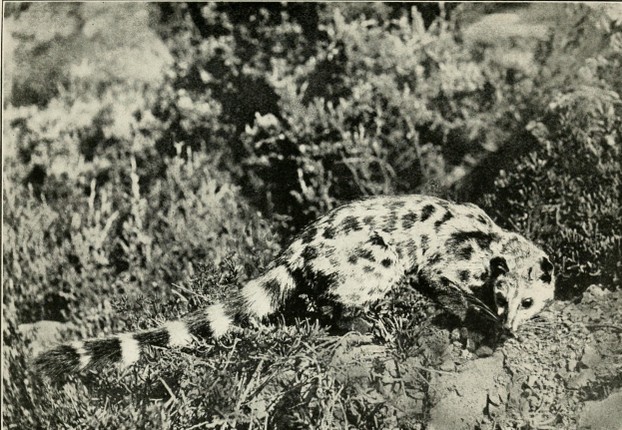
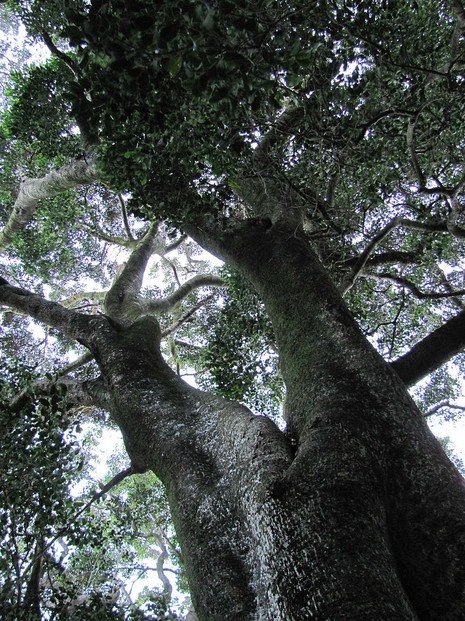
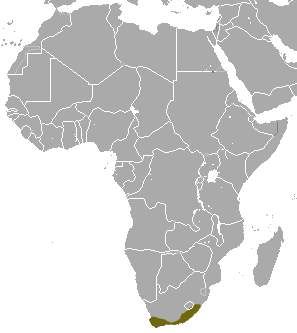
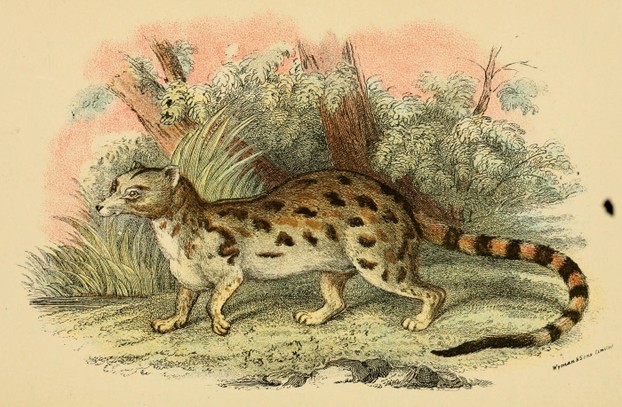
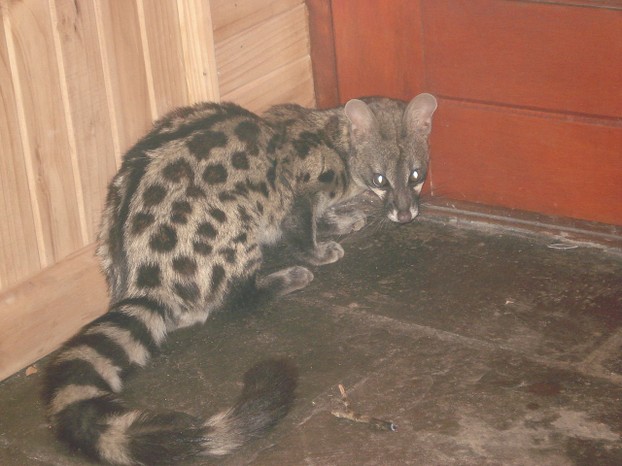
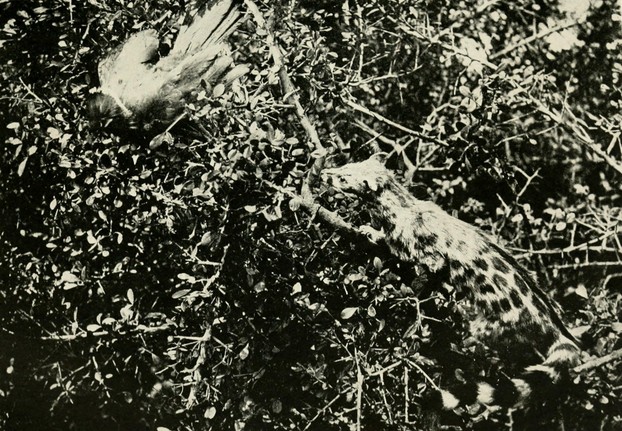
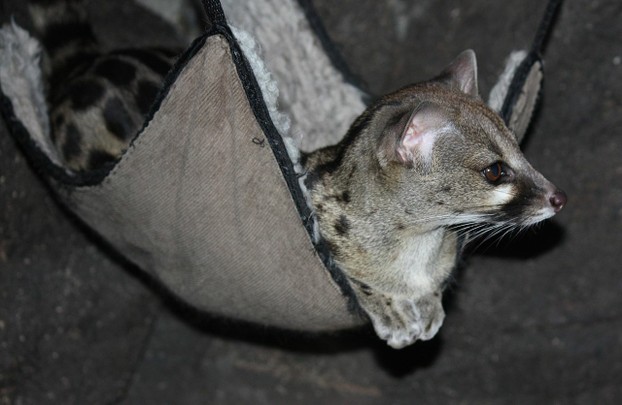
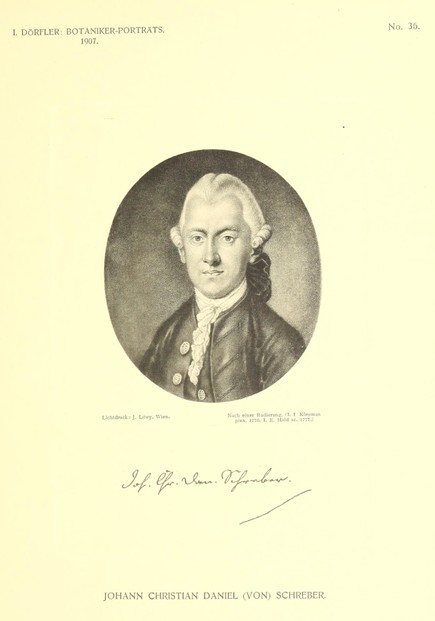
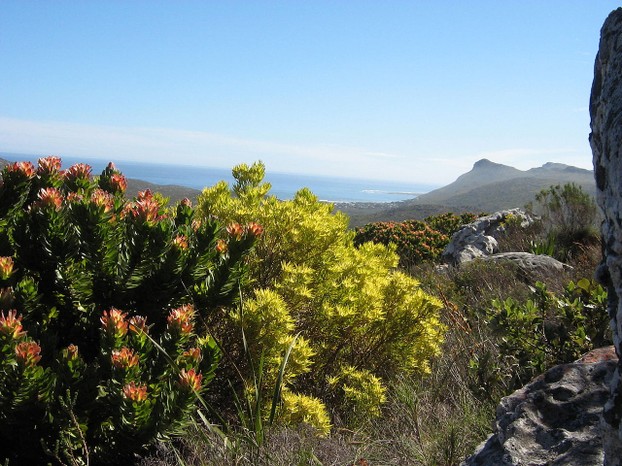
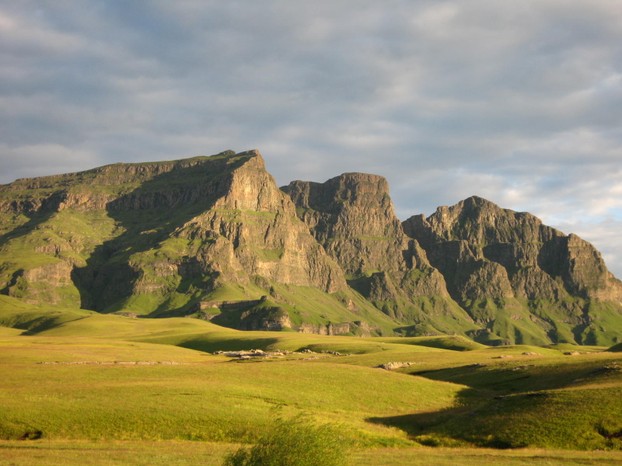
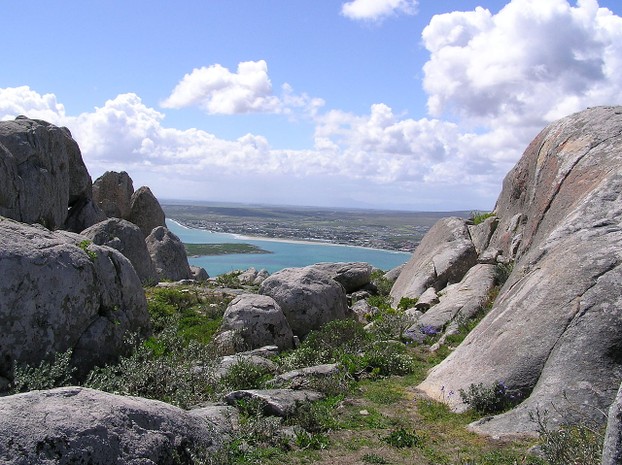




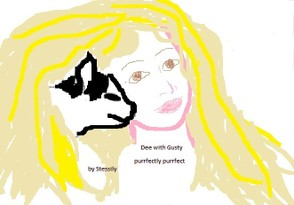
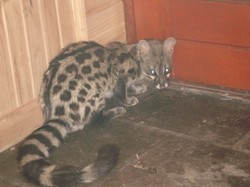

 Are Hawaiian Huakai Po Nightmarchers Avenging Halloween Thursday?on 10/02/2024
Are Hawaiian Huakai Po Nightmarchers Avenging Halloween Thursday?on 10/02/2024
 Mailing Addresses for 2023 Form 4868 Extending 1040 and 1040SR April 15, 2024, Due Dateon 04/15/2024
Mailing Addresses for 2023 Form 4868 Extending 1040 and 1040SR April 15, 2024, Due Dateon 04/15/2024
 Mailing Addresses for 2023 Forms 1040 and 1040SR Filed in 2024on 04/15/2024
Mailing Addresses for 2023 Forms 1040 and 1040SR Filed in 2024on 04/15/2024
 Mailing Addresses for 2022 Form 4868 Extending 1040 and 1040SR April 18, 2023, Due Dateon 04/13/2023
Mailing Addresses for 2022 Form 4868 Extending 1040 and 1040SR April 18, 2023, Due Dateon 04/13/2023

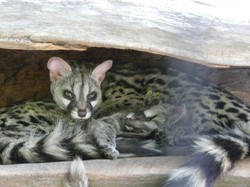

Comments
Mira, Yes, the African - Eurasian common small-spotted genet (Genetta genetta) can be found perfectly naturalized in France, Portugal, and Spain (along with recent introductions into Belgium, Germany, Italy, and Switzerland). Scientists generally consider the Iberian Peninsula's introductions as having been effected particularly during Roman conquests, Moorish invasions, and Crusader homecomings.
Yes, the number of species and subspecies for the genet currently faces review. National Natural History Museum mammalogist Dr. Philippe Gaubert's cutting-edge technology (more accurate ways of measuring key body parts, such as skull bones ) indicates that 3 non-aquatic subspecies -- the feline (G. genetta felina) with the common genet (G. genetta) as well as the letabae (G. maculata letabae) and Schouteden's (G. maculata schoutedeni) with the rusty-spotted panther (G. maculata) -- need to be upgraded to 3 separate species. If accepted by taxonomic reviewers, the revision will increase the number of non-aquatic genet species from 13 to 16. It will result in greater attention and more funding for the 3 genets in question since a subspecies -- other than the nominate ("first-named"), G. genetta genetta and G. maculata maculata here -- rarely attracts the interest and the research that a species does.
So there's one species native or naturalized to Eurasia. I'll look for it next time I go to The Museum of Natural History here. I'm confused though about you saying "the 13-16 non-aquatic species of genets." Why 13-16? Do scientists doubt that some of them are different species?